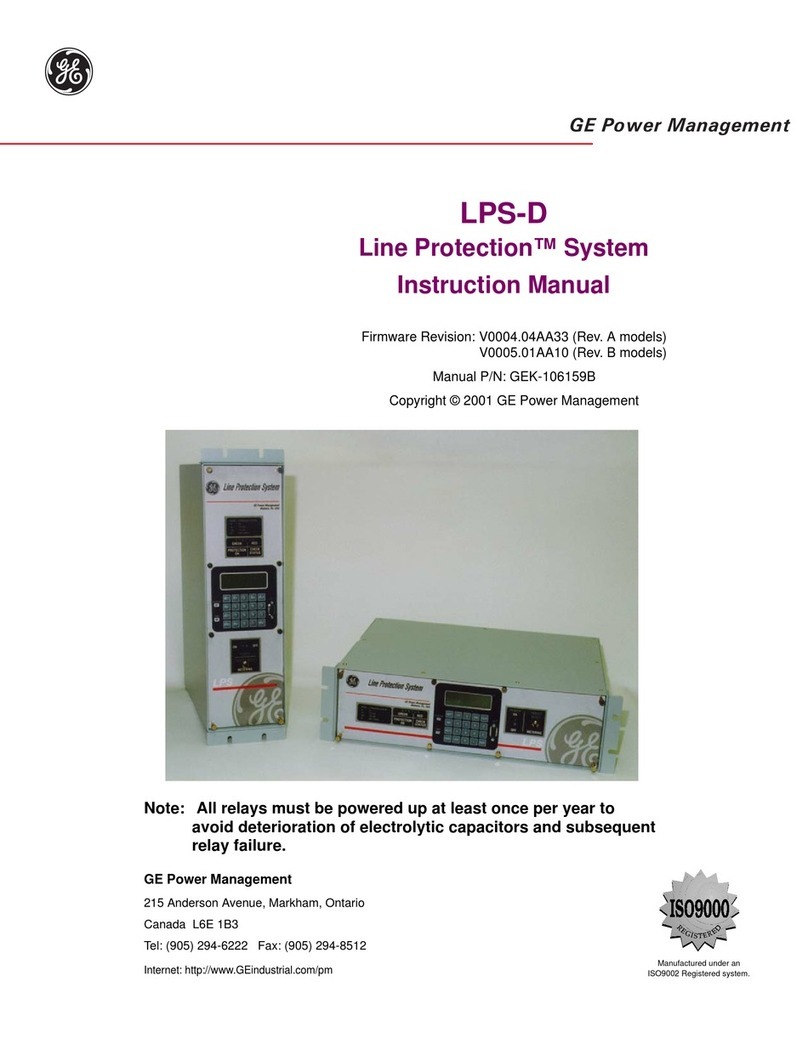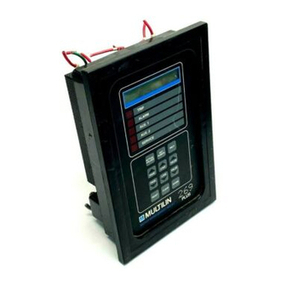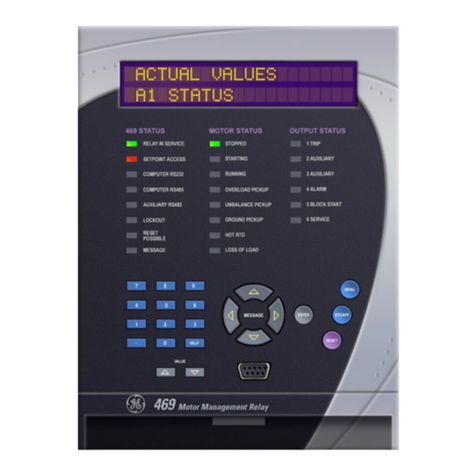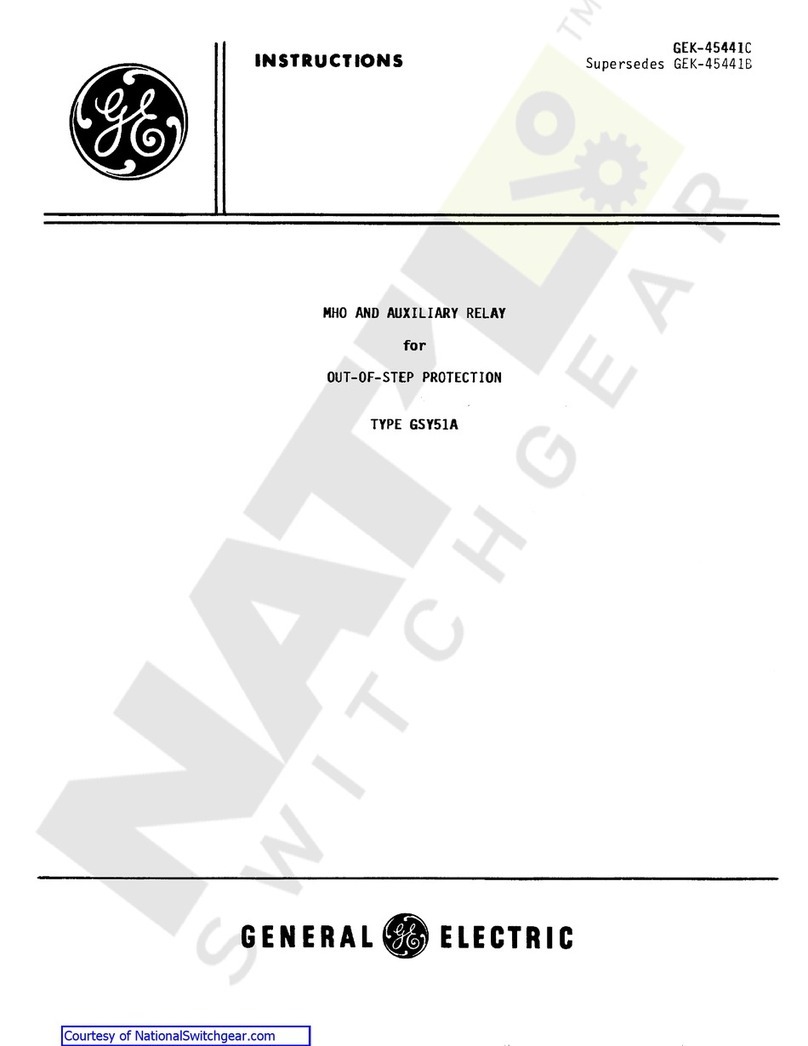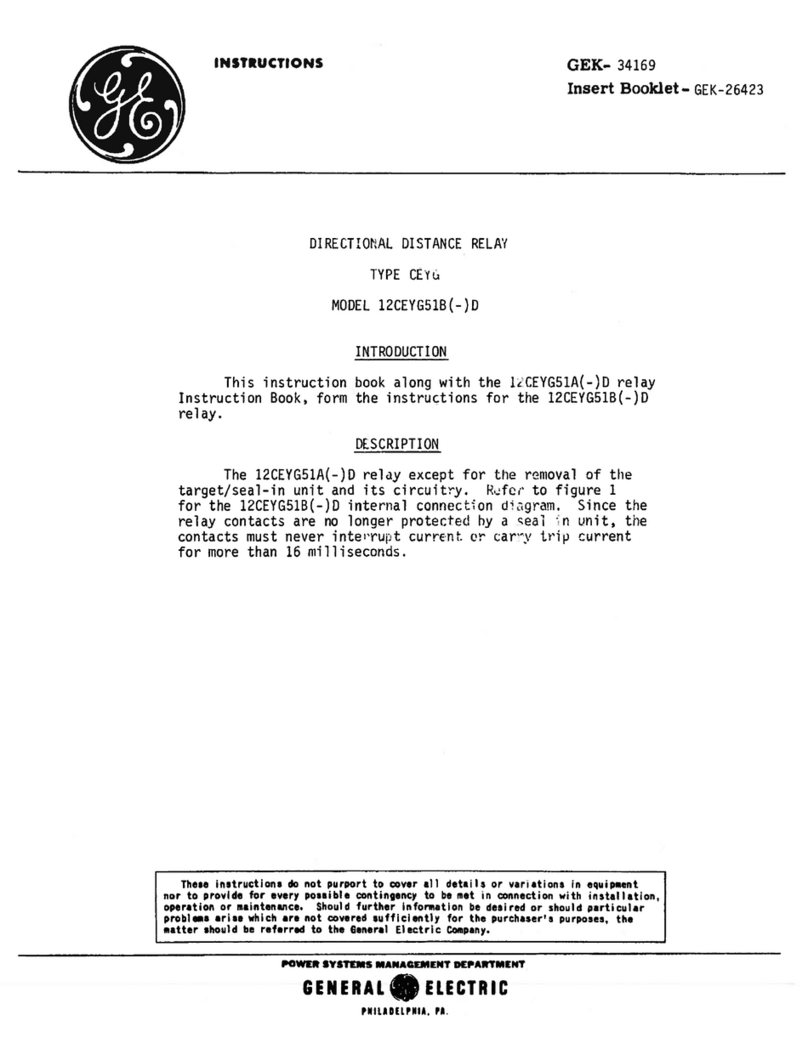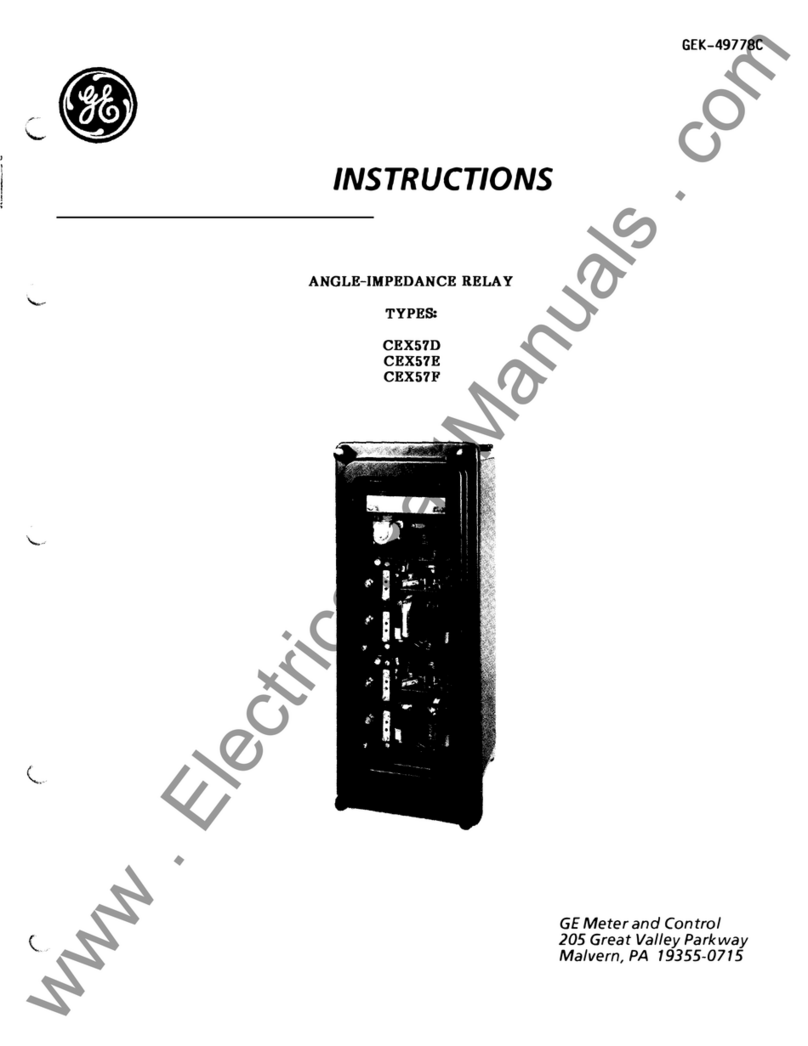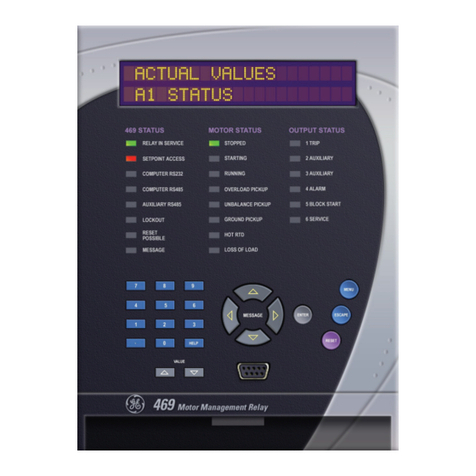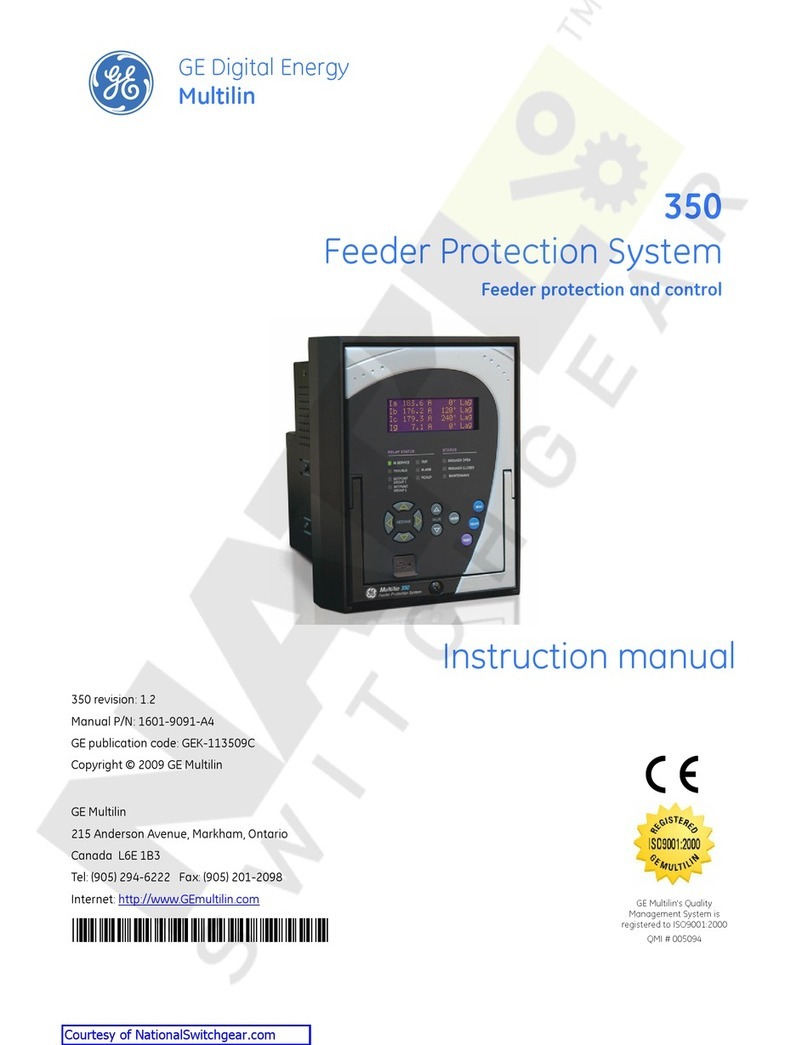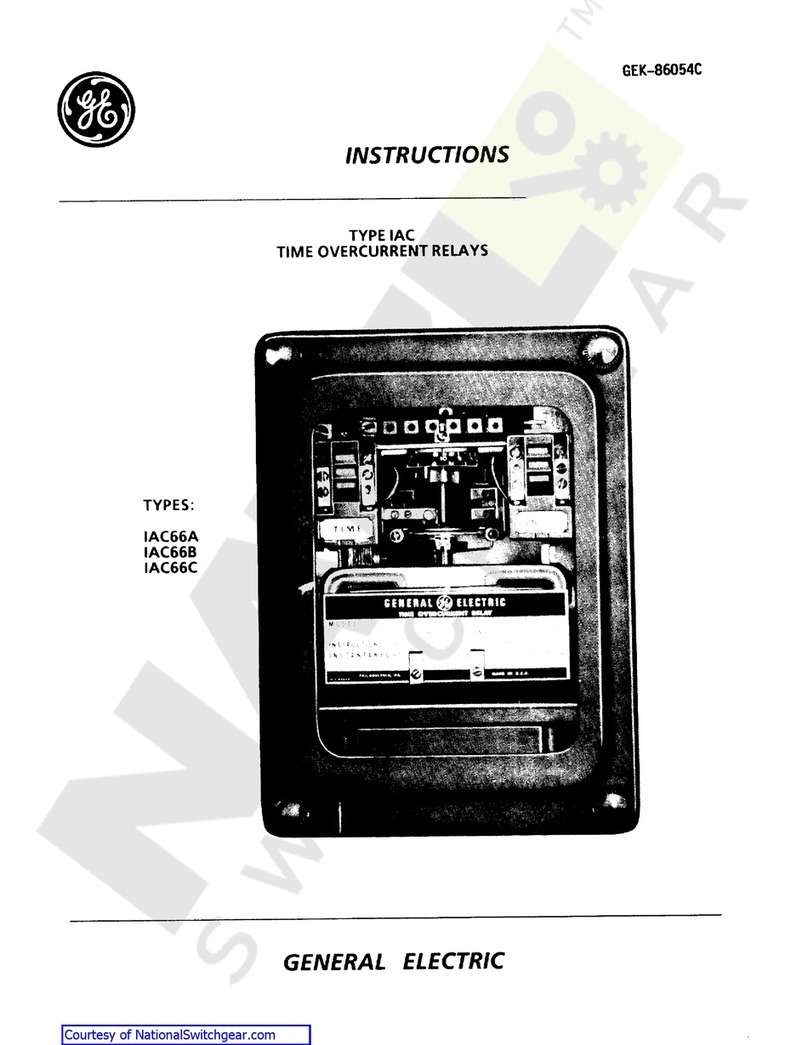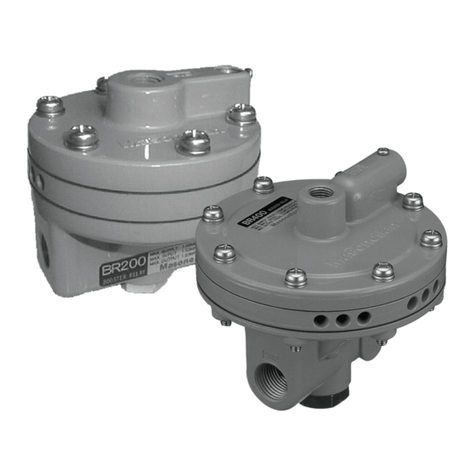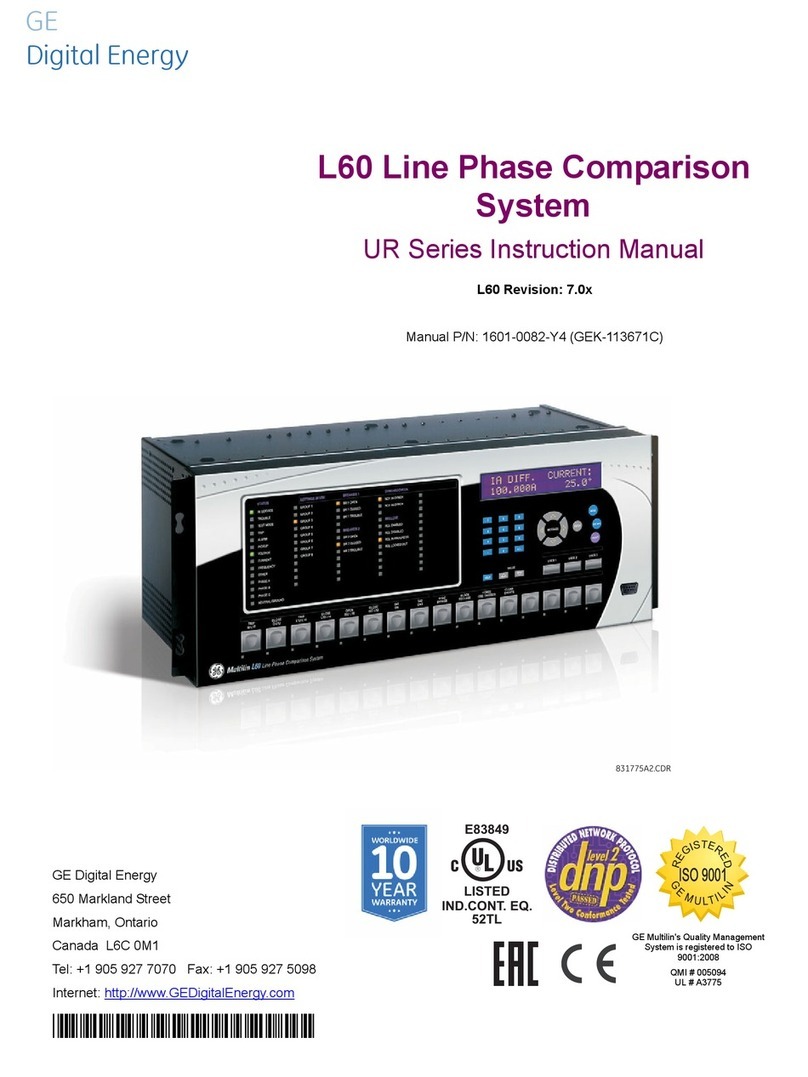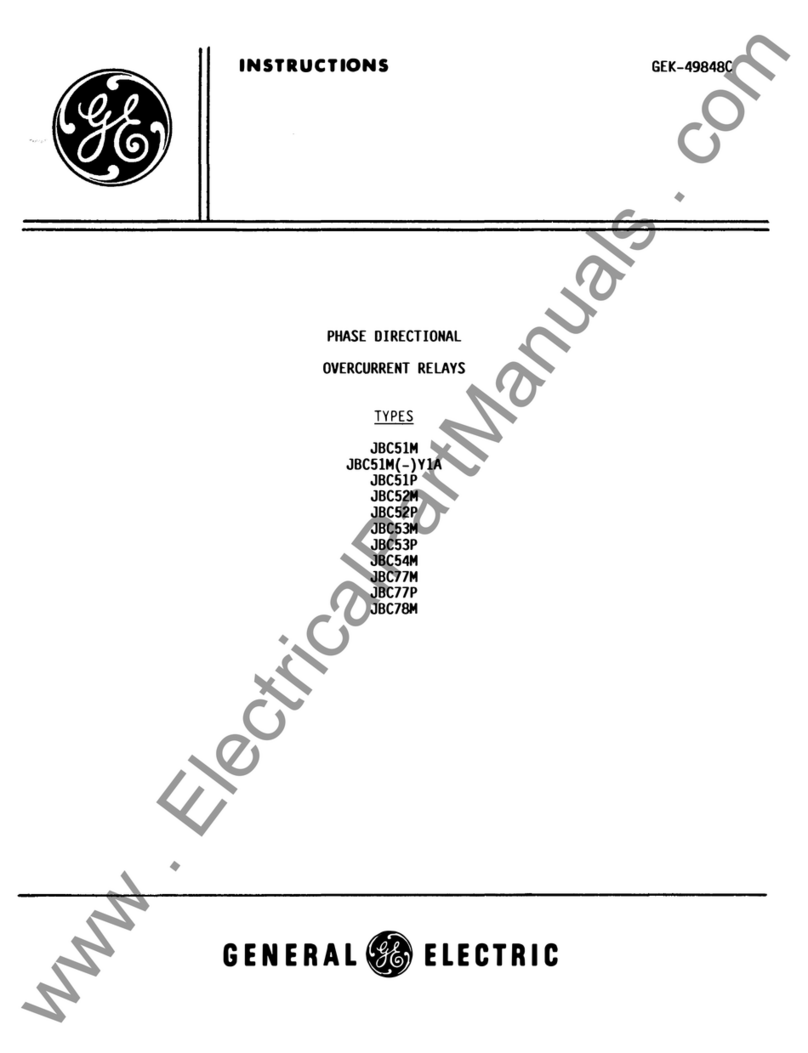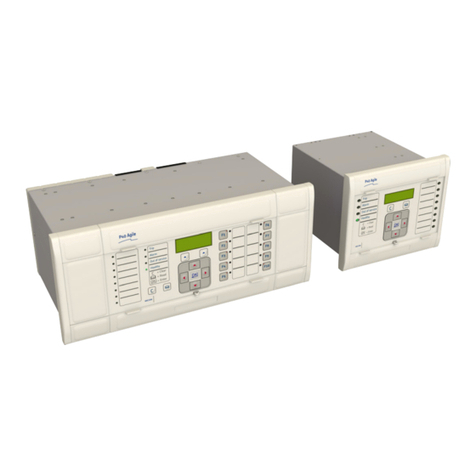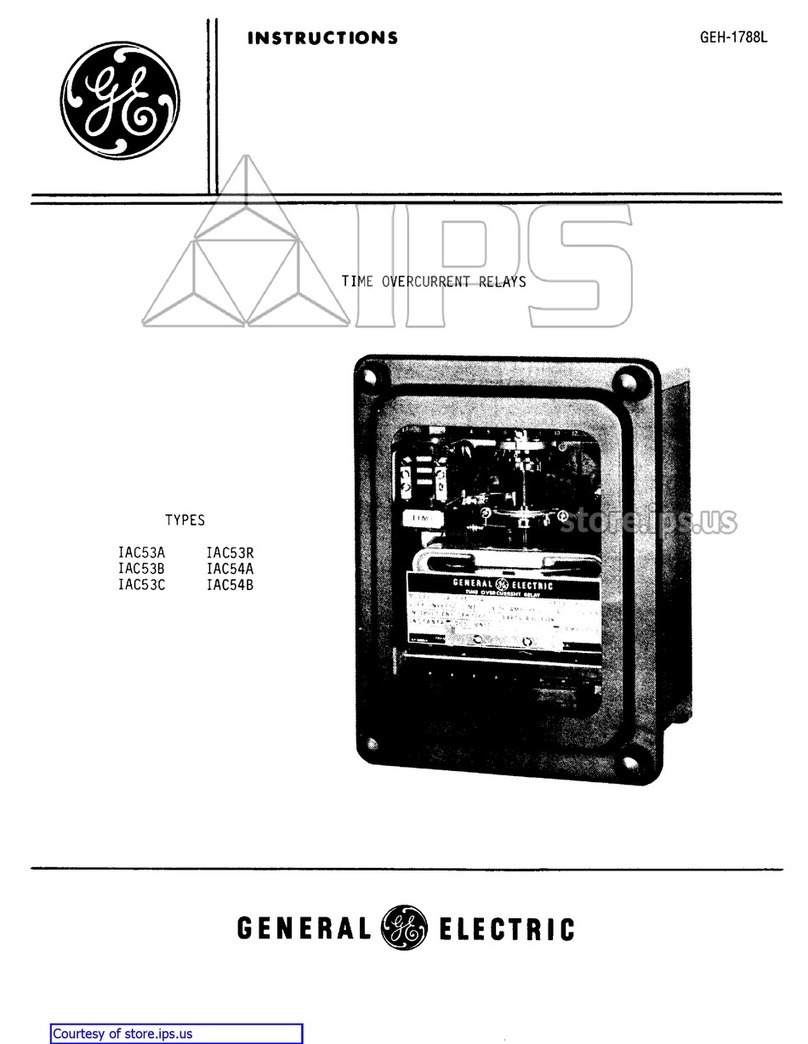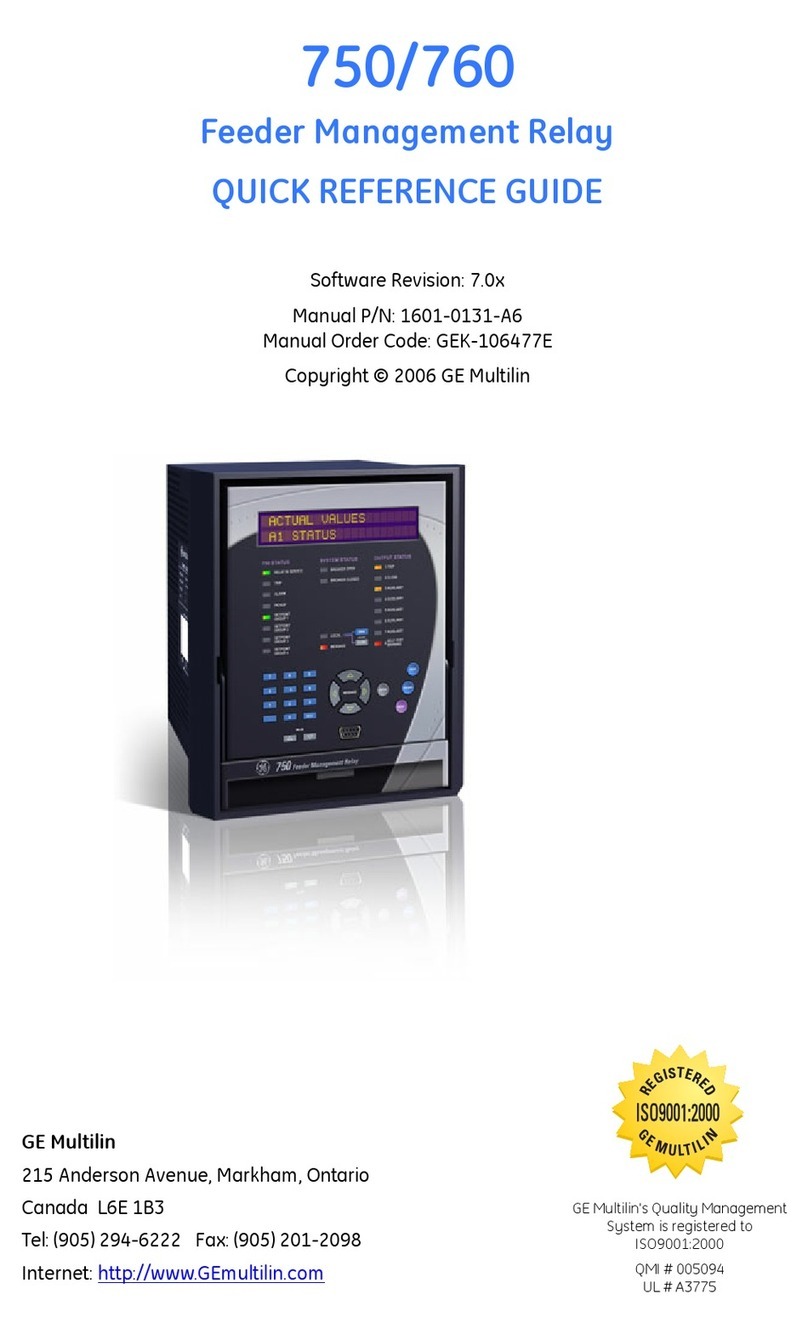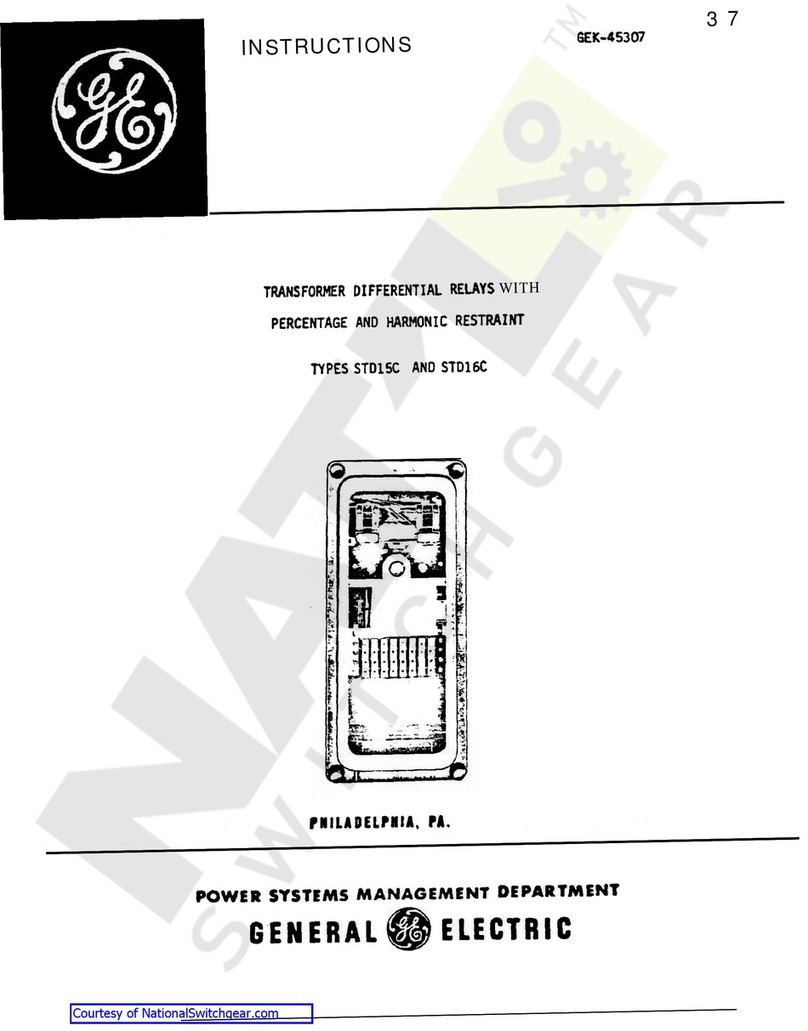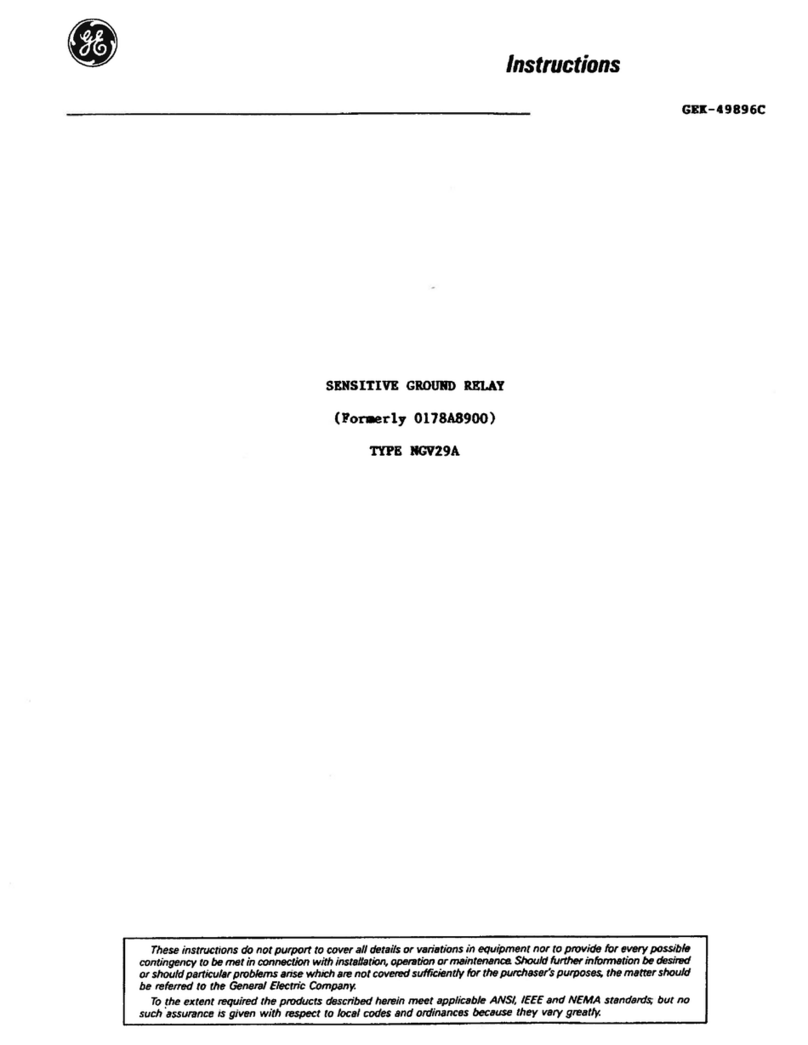
vi T35 TRANSFORMER PROTECTION SYSTEM – INSTRUCTION MANUAL
TABLE OF CONTENTS
5.5.7 FlexCurves.......................................................................................................................... 5-169
5.6 FlexLogic.............................................................................................................. 5-176
5.6.1 FlexLogic operands........................................................................................................ 5-176
5.6.2 FlexLogic rules.................................................................................................................. 5-187
5.6.3 FlexLogic evaluation...................................................................................................... 5-187
5.6.4 FlexLogic example..........................................................................................................5-187
5.6.5 FlexLogic equation editor............................................................................................ 5-192
5.6.6 FlexLogic timers............................................................................................................... 5-192
5.6.7 FlexElements ..................................................................................................................... 5-192
5.6.8 Non-volatile latches.......................................................................................................5-197
5.7 Grouped elements............................................................................................. 5-198
5.7.1 Overview ............................................................................................................................. 5-198
5.7.2 Setting group 1................................................................................................................. 5-198
5.7.3 Transformer elements .................................................................................................. 5-199
5.7.4 Phase current ................................................................................................................... 5-208
5.7.5 Ground current ................................................................................................................ 5-216
5.8 Control elements ............................................................................................... 5-223
5.8.1 Overview ............................................................................................................................. 5-223
5.8.2 Trip bus ................................................................................................................................ 5-223
5.8.3 Setting groups .................................................................................................................. 5-225
5.8.4 Selector switch................................................................................................................. 5-226
5.8.5 Digital elements............................................................................................................... 5-233
5.8.6 Underfrequency (ANSI 81U)........................................................................................ 5-236
5.8.7 Digital counters................................................................................................................ 5-237
5.8.8 Monitoring elements ..................................................................................................... 5-239
5.9 Inputs/outputs ................................................................................................... 5-247
5.9.1 Contact inputs.................................................................................................................. 5-247
5.9.2 Virtual inputs..................................................................................................................... 5-249
5.9.3 Contact outputs............................................................................................................... 5-250
5.9.4 Virtual outputs.................................................................................................................. 5-254
5.9.5 Resetting ............................................................................................................................. 5-254
5.9.6 Direct inputs and outputs ........................................................................................... 5-255
5.9.7 Teleprotection................................................................................................................... 5-259
5.10 Transducer inputs/outputs.............................................................................. 5-261
5.10.1 DCmA inputs...................................................................................................................... 5-261
5.10.2 RTD inputs .......................................................................................................................... 5-262
5.10.3 DCmA outputs .................................................................................................................. 5-263
5.11 Testing................................................................................................................. 5-267
5.11.1 Test mode function ........................................................................................................5-267
5.11.2 Test mode forcing........................................................................................................... 5-267
5.11.3 Force contact inputs ..................................................................................................... 5-268
5.11.4 Force contact outputs .................................................................................................. 5-268
6 ACTUAL VALUES 6.1 Actual values menu................................................................................................6-1
6.2 Front panel...............................................................................................................6-3
6.3 Status........................................................................................................................6-4
6.3.1 Contact inputs........................................................................................................................6-4
6.3.2 Virtual inputs...........................................................................................................................6-4
6.3.3 RxGOOSE boolean inputs ..................................................................................................6-4
6.3.4 RxGOOSE DPS inputs...........................................................................................................6-4
6.3.5 Teleprotection inputs ..........................................................................................................6-5
6.3.6 Contact outputs.....................................................................................................................6-5
6.3.7 Virtual outputs........................................................................................................................6-5
6.3.8 RxGOOSE status.....................................................................................................................6-6
6.3.9 RxGOOSE statistics...............................................................................................................6-6
